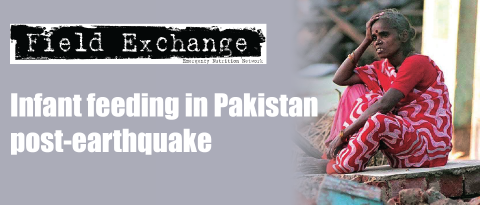Impact of drought and HIV/AIDS on child malnutrition
Summary of published research1

A too familiar sight in drought striken areas, here Red Sea State, Sudan
There is growing interest in delineating the impact of drought and HIV on trends in child malnutrition. A recent study set out to investigate trends in child malnutrition in six countries in southern Africa in relation to the HIV epidemic and drought, in crop years 2001/2 and 2002/3. Sub-national and national survey data from Lesotho, Mozambique, Malawi, Swaziland, Zambia and Zimbabwe were compiled and analysed. Data from antenatal clinic surveillance on weight-for-age and HIV prevalence were also utilised in the analysis.
The study found that child nutritional status, as measured by prevalence of underweight, deteriorated from 2001 onwards in all countries except Lesotho, with very substantial increases in some provinces/districts (e.g. from 5 to 20% in Maputo, Mozambique from 1997-2002). Greater deterioration in underweight occurred in better-off areas. Areas with higher HIV/AIDS prevalence had (so far) lower malnutrition rates (and infant mortality rates), presumably because more modern areas - with greater reliance on trade and wage employment - have more HIV/AIDS. However, areas with higher HIV/AIDS showed more deterioration in child nutrition. A significant area-level interaction was found of HIV/AIDS with the drought period, associated with particularly rapid deterioration in nutritional status.
The study authors concluded that the most vulnerable may be households in more modern areas nearer towns, to whom resources need to be directed and that causes of this vulnerability need to be investigated. Furthermore, HIV/ AIDS amplifies the effect of drought on nutrition, so rapid and effective response will be crucial if drought strikes again. In addition, expanded nutritional surveillance is now needed to monitor and respond to deteriorating trends.
1Mason J et al (2005). AIDS, drought, and child malnutrition in southern Africa. Public Health Nutrition, 8 (6), pp 551-563
Imported from FEX website


